Scientists at PPPL have developed innovative solutions to manage the intense heat generated within fusion reactors.


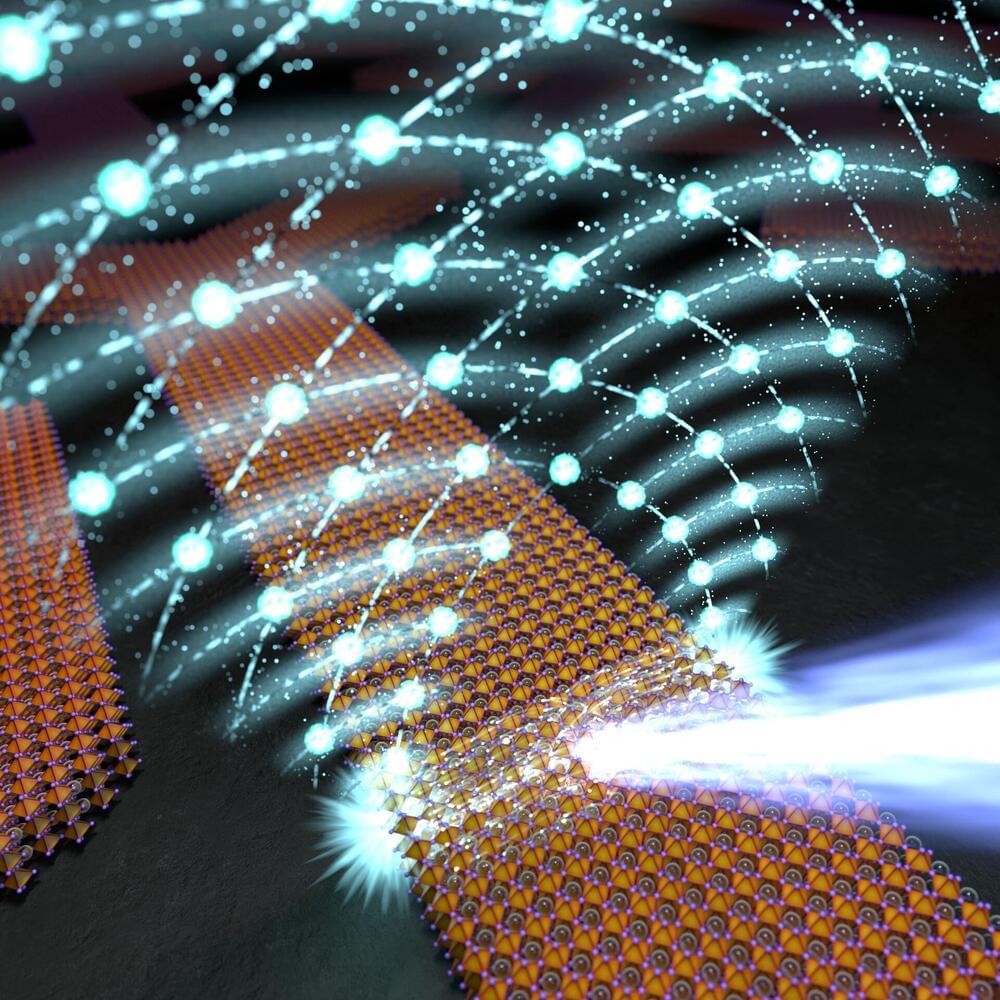
Integrated photonic circuits operating at room temperature combined with optical nonlinear effects could revolutionize both classical and quantum signal processing. Scientists from the Faculty of Physics at the University of Warsaw, in collaboration with other institutions from Poland as well as Italy, Iceland, and Australia, have demonstrated the creation of perovskite crystals with predefined shapes that can serve in nonlinear photonics as waveguides, couplers, splitters, and modulators.
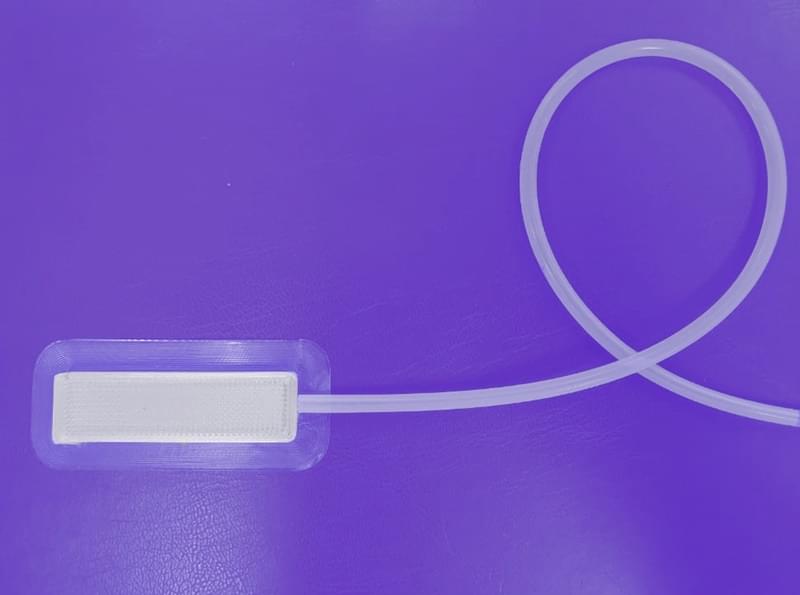

Researchers discovered a significant anomalous Hall effect in the magnetic material SrCo6O11 at temperatures above its magnetic transition, where it exhibits a phenomenon known as the “Spin-Fluctuating Devil’s Staircase.” This observation could revolutionize the design of materials for magneto-thermoelectric conversion, impacting the development of new thermoelectric materials.
Here’s a bit of background: When an electric current flows through a metal sample in a magnetic field, it experiences the Lorentz force. This force generates a voltage perpendicular to the magnetic field and current—a phenomenon referred to as the Hall effect.
In magnetic metals, a similar phenomenon—known as the anomalous Hall effect—may occur independently of an external magnetic field, particularly in ferromagnetic materials wherein electron spins are aligned. Generally, this alignment—and thus the anomalous Hall effect—only manifests below a certain temperature, known as the magnetic transition temperature.

Researchers at the University of Texas have developed an AI that predicted 70% of earthquakes during a trial in China, indicating potential for future quake risk mitigation.
The AI, trained on seismic data, also ranked first in an international competition, underscoring its effectiveness and opening doors for further enhancements in regions like California and Texas.
AI Earthquake Prediction Breakthrough
Imagine knowing your milk has gone bad without having to open your fridge. A technology called printed electronics could one day make innovations like this possible.
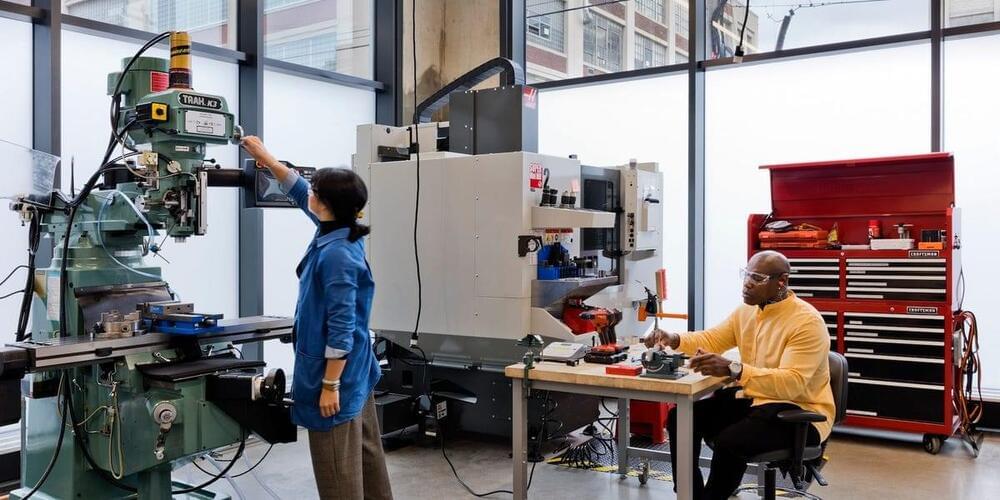
“That is a highlight of this building that it’s very close to talent — people who are still in this area because they just graduated,” said Knight, The Engine Accelerator’s president and chief executive.
The Engine Accelerator is where companies solving hard problems get off the ground. It’s part coworking space, with open desks, office suites, and conference rooms for rent. It’s part startup accelerator, hosting a high-octane circle of young scientists and engineers who need help turning their ideas into full-fledged operations.
If WeWork and Y Combinator had a baby, and that baby wanted to bring breakthrough research out of the lab and into the real world, it’d look something like The Engine.
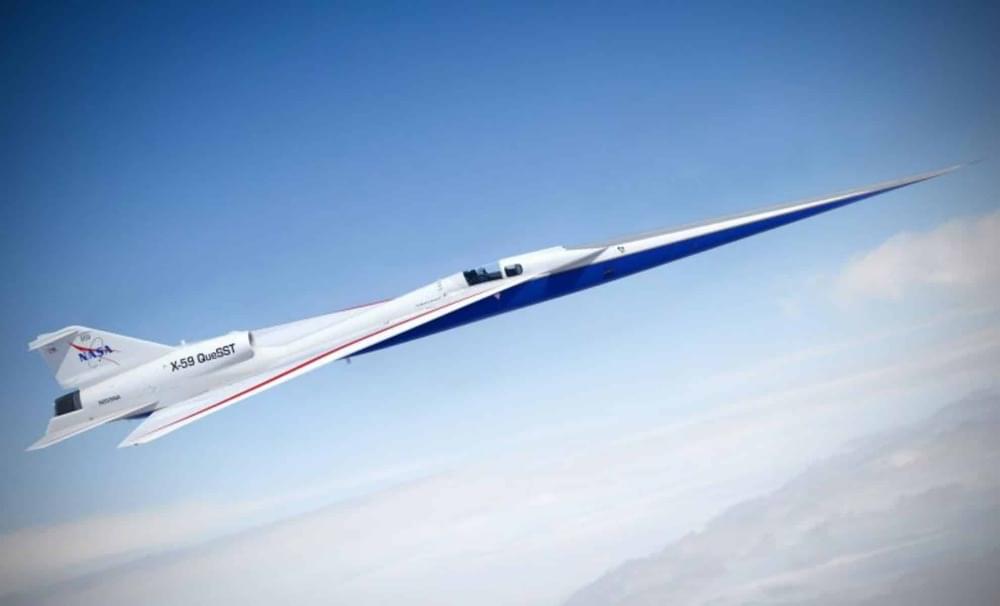
NASA’s X-59 QueSST (Quiet Supersonic Technology) aircraft is on the brink of making history, as it nears its highly anticipated maiden flight.
Designed to break the sound barrier without producing the disruptive sonic boom traditionally associated with supersonic speeds, the X-59 promises to revolutionize air travel.
With a sleek design and innovative technology, the aircraft has the potential to open up a new era of quieter supersonic flights, particularly over land—a feat that has been unattainable since the era of the Concorde.

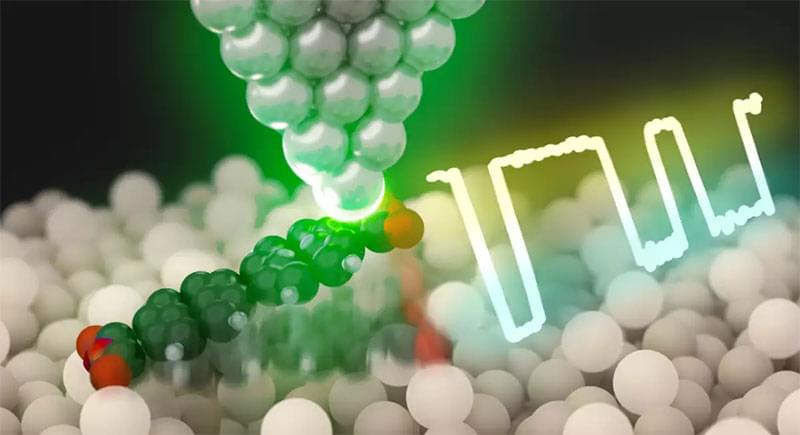
Scientists from the Department of Physical Chemistry at the Fritz Haber Institute have made an innovative discovery in nanoscale optoelectronics, as detailed in their recent publication in Nature Communications (“Atomic-Precision Control of Plasmon-Induced Single-Molecule Switching in a Metal–Semiconductor Nanojunction”).
The study introduced a groundbreaking method for achieving unprecedented control over single-molecule photoswitching. This breakthrough could transform the future of nanodevice technology.
Schematic view of the plasmon-driven switching of a single PTCDA molecule. (Image: Fritz Haber Institute)